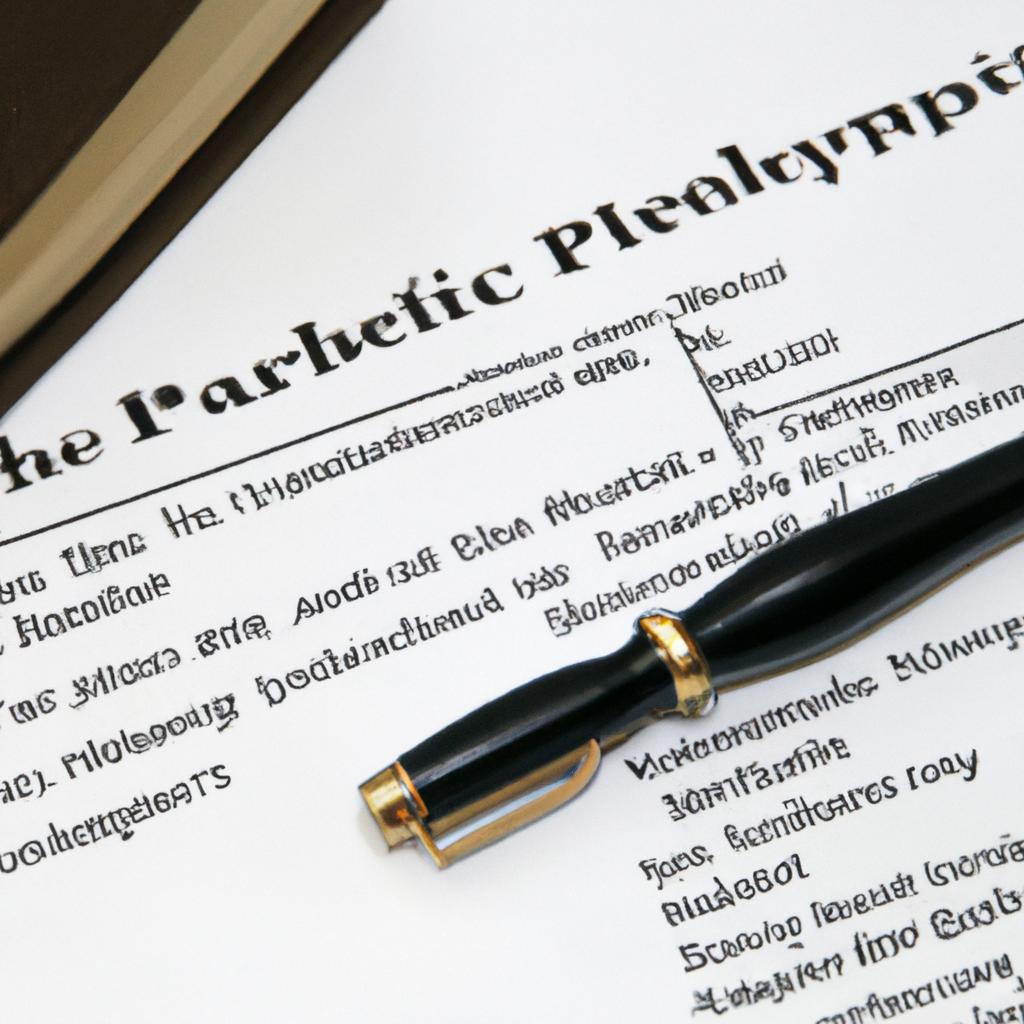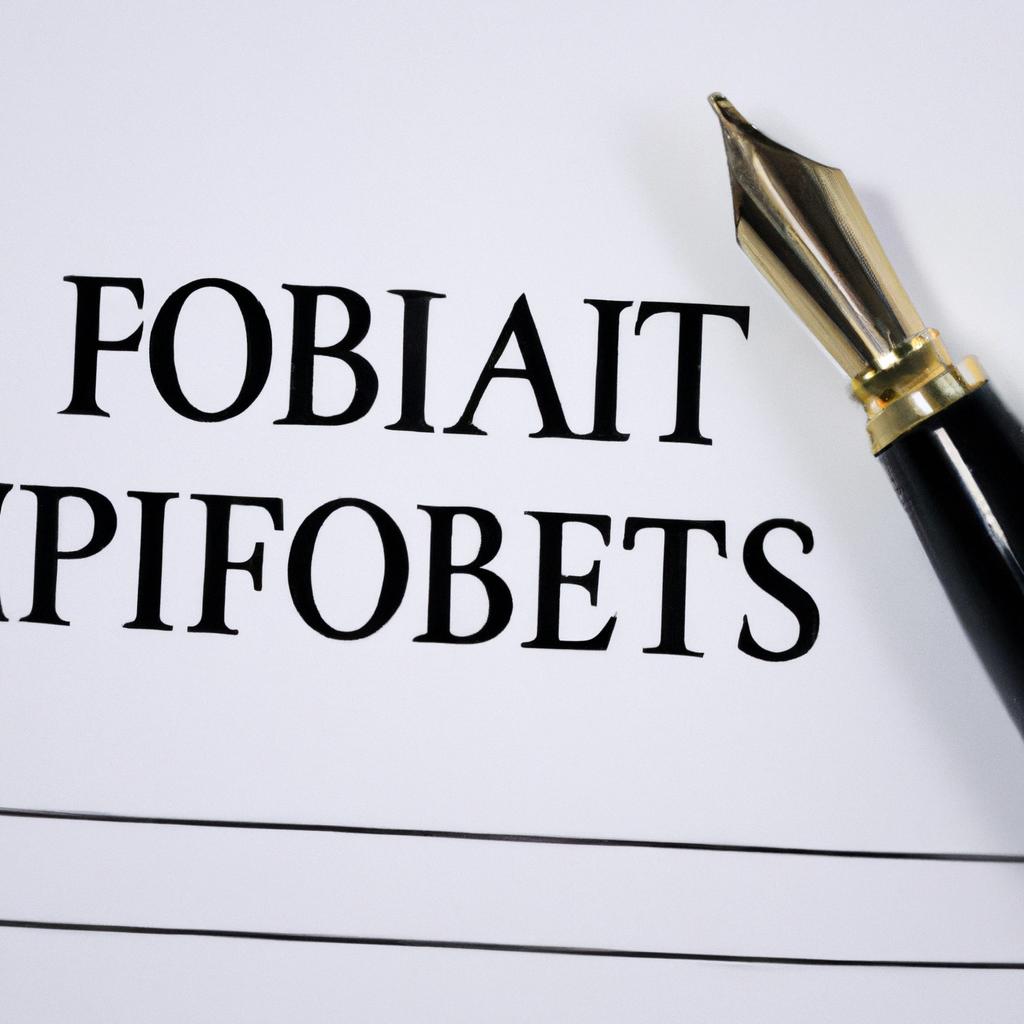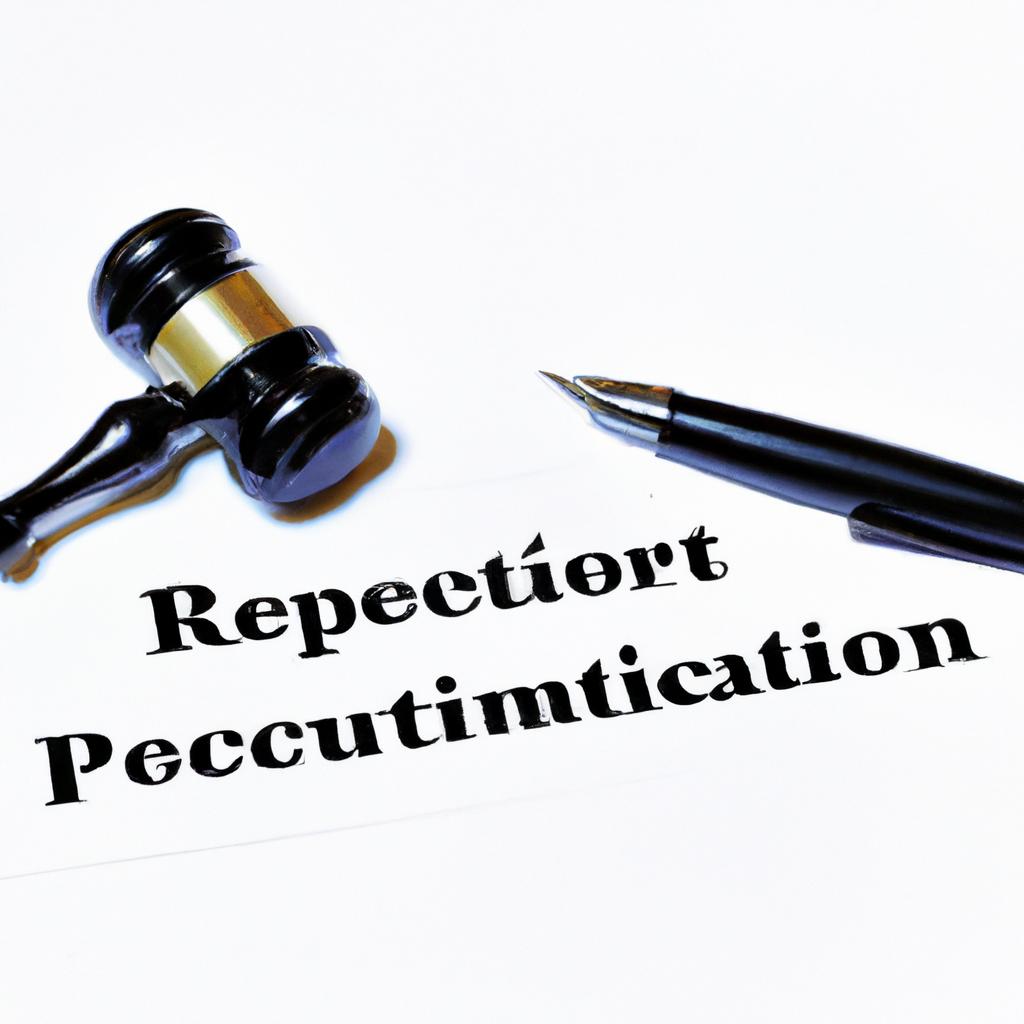In the intricate world of estate administration, the petition of probate stands as a pivotal document that initiates the probate process and facilitates the transfer of assets from the deceased to their heirs. As seasoned practitioners in the field of estate planning and probate, Morgan Legal Group understands the crucial role that this document plays in the distribution of a decedent’s estate. With a keen eye for detail and a commitment to professionalism, our team in New York City is adept at guiding clients through the petition of probate process with clarity and precision. In this article, we delve into the nuances of this essential legal instrument, shedding light on its significance and the steps involved in securing its approval. Join us on this insightful journey as we unravel the complexities of the petition of probate.
Understanding the Purpose of a Petition of Probate
When it comes to navigating the complex world of probate, is essential. A petition of probate is a legal document filed with the court to initiate the probate process. It serves as a formal request to the court to recognize a deceased person’s will as valid and to appoint an executor or personal representative to administer the estate. This crucial document kickstarts the legal process of settling the deceased person’s affairs and distributing their assets according to their wishes.
- Establishing Legitimacy: One of the primary purposes of a petition of probate is to establish the legitimacy of the deceased person’s will. By submitting this document to the court, the executor or personal representative is seeking validation of the will as the true and legal document outlining the deceased person’s wishes.
- Appointing an Executor: Another key purpose of a petition of probate is to request the court to appoint an executor or personal representative to manage the deceased person’s estate. This individual is responsible for overseeing the probate process, identifying and inventorying assets, paying debts and taxes, and distributing assets to beneficiaries.

Key Components of a Petition of Probate Filing
When filing a petition of probate, it is essential to include the key components to ensure a successful and efficient process. These components are crucial in providing the necessary information to the court and other interested parties. The following are the key components that should be included in a petition of probate filing:
- Identification of the Decedent: The petition should clearly identify the deceased individual, including their full name, date of death, and place of residence.
- Description of Assets: A detailed description of the decedent’s assets, including real estate, bank accounts, investments, and personal property, should be included.
- List of Heirs and Beneficiaries: The petition should list all heirs and beneficiaries of the estate, along with their contact information.
- Appointment of Executor: The petition should include the appointment of an executor to manage the estate and distribute assets to beneficiaries.

Common Mistakes to Avoid When Filing a Petition of Probate
Making mistakes when filing a petition of probate can cause delays and complications in the probate process. To ensure a smooth and efficient probate process, it is important to avoid the following common mistakes:
- Failure to file the petition in a timely manner: One of the most common mistakes is waiting too long to file a petition of probate. It is crucial to file the petition as soon as possible after the decedent’s death to avoid unnecessary delays.
- Not providing all required documents: Another common mistake is failing to provide all the necessary documents when filing the petition. Make sure to gather all the required paperwork, such as the original will, death certificate, and any other pertinent documents, to avoid delays in the probate process.

Recommendations for a Successful Petition of Probate Process
When petitioning for probate, it is essential to follow certain recommendations to ensure a successful process. First and foremost, it is crucial to gather all necessary documents and information related to the deceased individual’s estate. This may include their Will, financial records, property deeds, and any other relevant paperwork. Having this documentation organized and readily available will help streamline the probate process.
Additionally, it is highly recommended to seek legal guidance from an experienced probate attorney. A knowledgeable lawyer can provide valuable insight, guidance, and representation throughout the probate process. They can help navigate any complex legal issues, ensure all necessary paperwork is properly filed, and work to expedite the probate proceedings. By following these recommendations and seeking professional legal assistance, you can increase the likelihood of a successful petition of probate process.
Q&A
Q: What is a petition of probate?
A: A petition of probate is a legal document filed with the probate court to initiate the process of proving the authenticity of a deceased person’s will.
Q: Why is a petition of probate necessary?
A: A petition of probate is necessary to establish the validity of a will and appoint an executor or personal representative to handle the deceased person’s estate.
Q: Who can file a petition of probate?
A: Typically, the person named as the executor in the deceased person’s will is responsible for filing the petition of probate. If there is no will, a family member or other interested party may file the petition.
Q: What is the purpose of a petition of probate?
A: The purpose of a petition of probate is to ensure that the deceased person’s final wishes are carried out and that their assets are distributed in accordance with the terms of their will.
Q: What happens after a petition of probate is filed?
A: After a petition of probate is filed, the probate court will review the document and schedule a hearing to determine the validity of the will and appoint an executor or personal representative.
Q: How long does the probate process take?
A: The length of the probate process can vary depending on the complexity of the estate and any disputes that may arise. In general, the probate process can take several months to a year to complete.
In Conclusion
In conclusion, petitioning for probate can be a complex and time-consuming process, but with proper guidance and preparation, it can ensure that the wishes of the deceased are carried out smoothly. Whether you are navigating this process for yourself or as an executor for a loved one, it is important to seek the necessary legal advice and support to help you through the proceedings. By understanding the steps involved and having a clear plan in place, you can navigate the petition of probate with confidence and peace of mind. Remember, this is a legal process that requires careful consideration and attention to detail, so don’t hesitate to reach out for assistance if needed. With the right support, you can navigate the probate process successfully and honor the legacy of your loved one.


